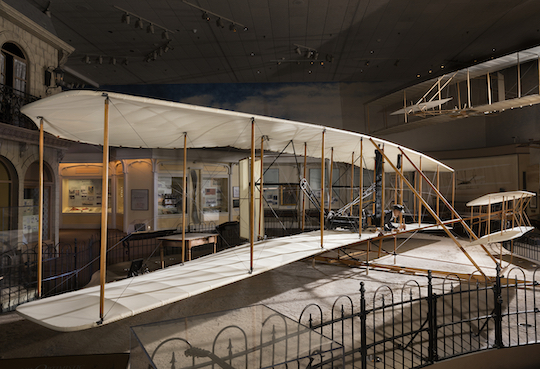“There’s a time for certain ideas to arrive, and they find a way to express themselves through us.”
—Rick Rubin, Co-Founder of Def Jam Recordings
I’m often asked where I find the wide variety of quotes I use for this blog. The short answer is that I am always on the hunt for nuggets of wisdom to reflect upon and share.
The originality of these ideas is important however it is in the filtering through our lives that they become molded into something real and relevant.
On days with only modest feedback, I still find this practice and the roads it helps me travel of vital importance to my own journey.
EXERCISE:
What ideas are you pondering these days?
How can they be molded and shaped by you to be shared with others in your various communities?





